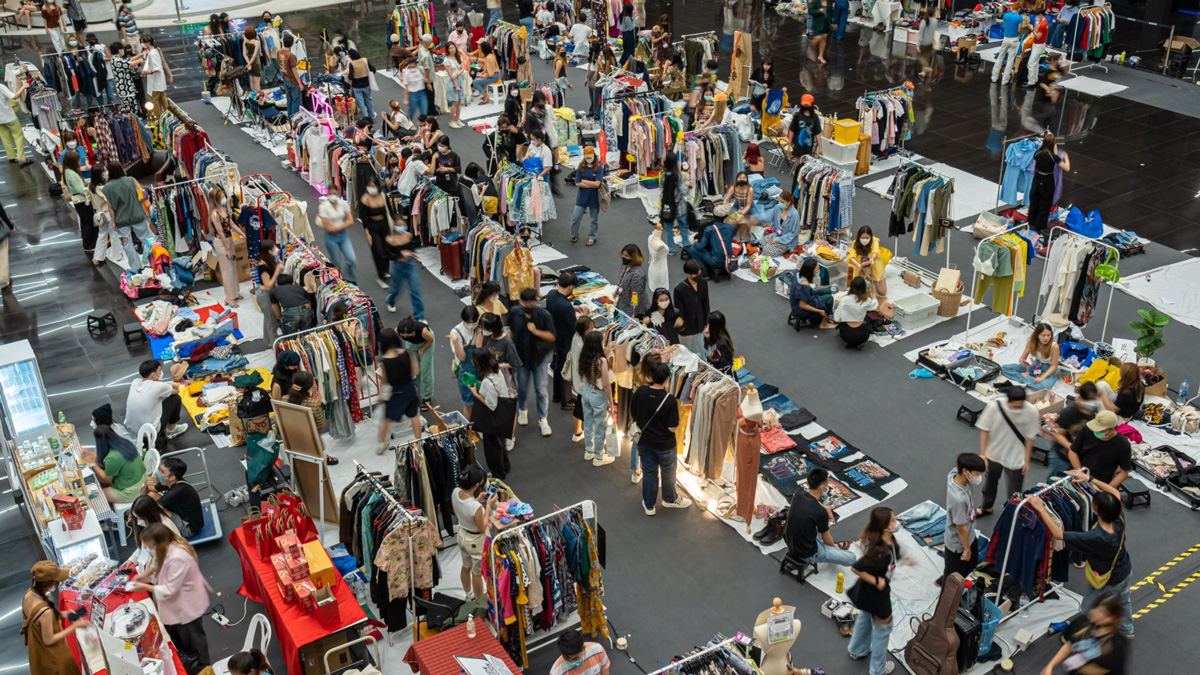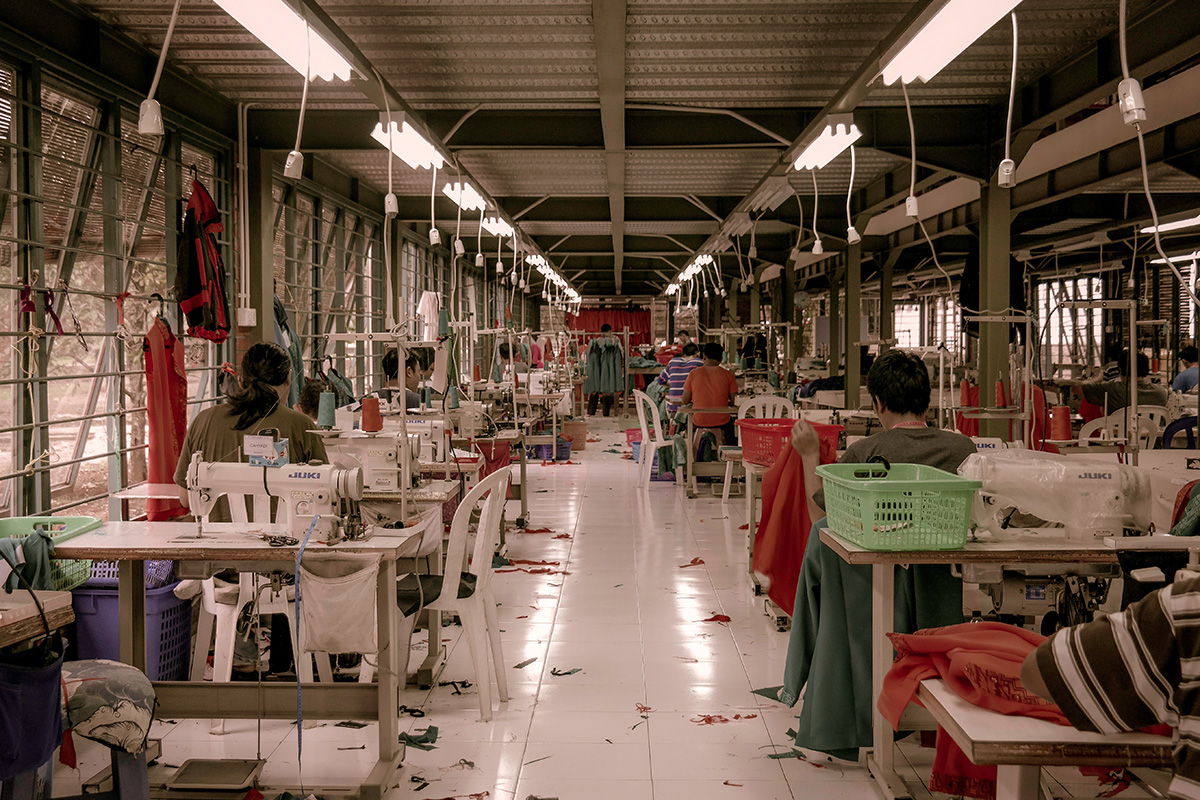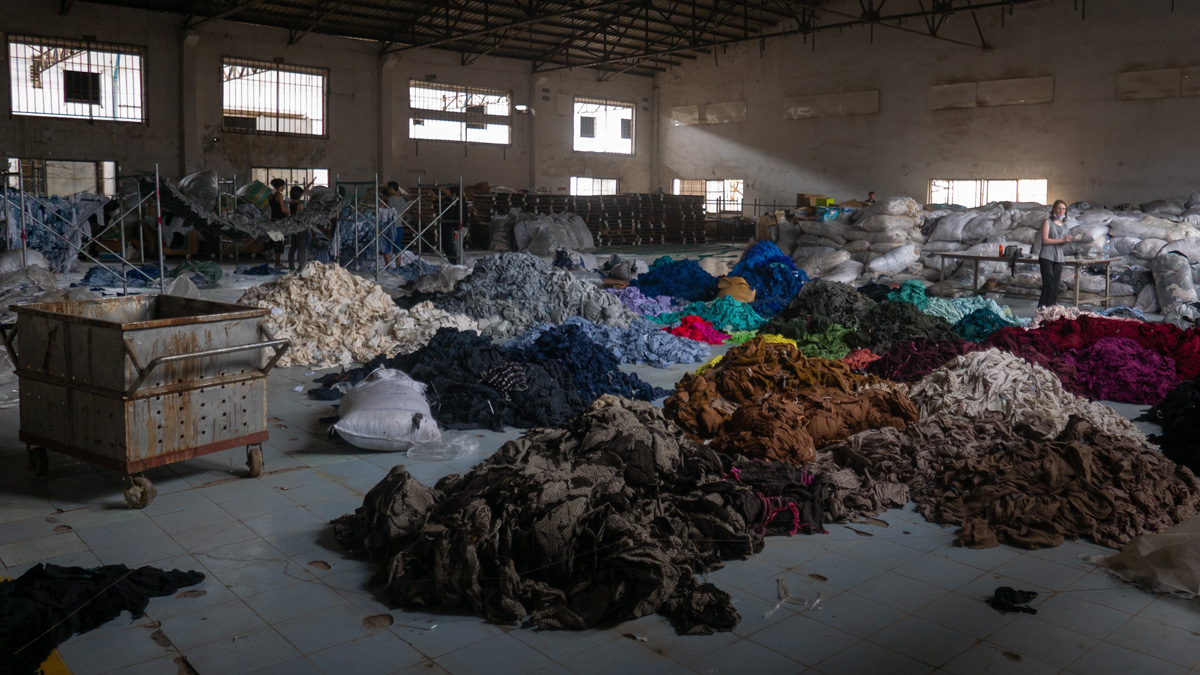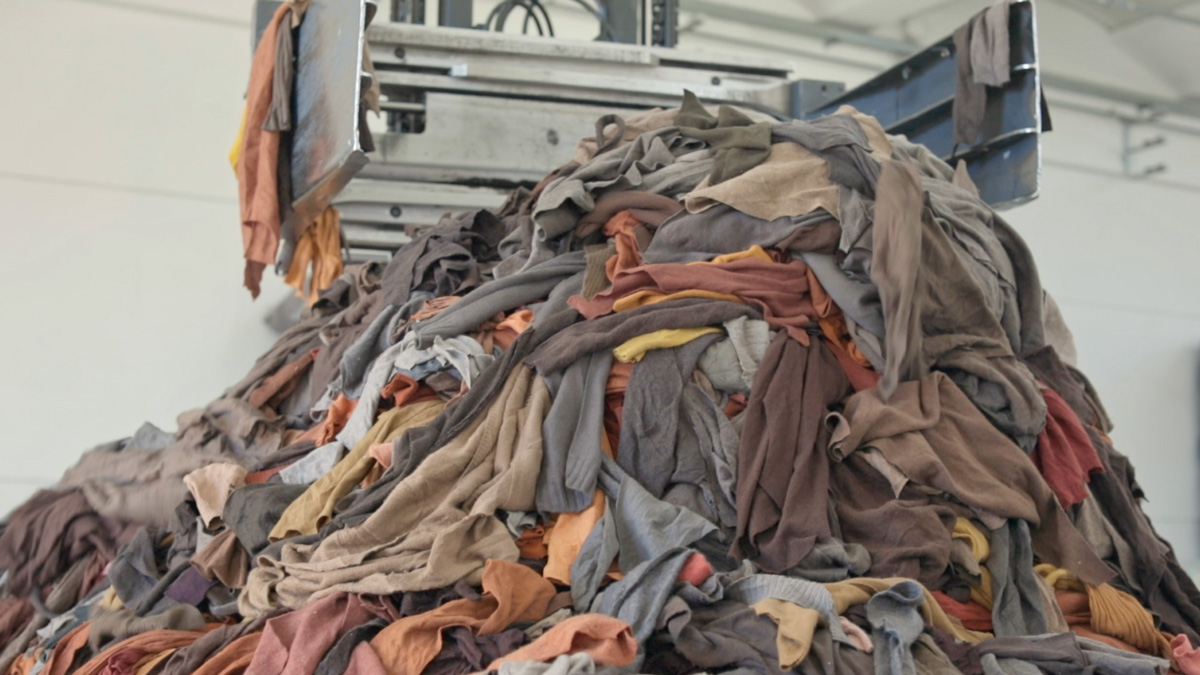Spring surrounds us, and between days in the office and outings, many of us already begin to feel the approach of summer: the sea, mountain hikes, evenings spent dancing or reading a book on the terrace, pizza in the garden, or gelato by the shore. Spring envelops us, and amidst days in the office and outings, many of us already feel the approach of summer: the sea, mountain hikes, evenings spent dancing or reading on the terrace, pizza in the garden, or gelato by the shore.
In the city, storefronts overflow with vibrant clothes, TV makes us dream of packing for our eagerly anticipated holidays, and billboards entice us to purchase the “must-have” items for the upcoming season.
But the real question is: do we truly need it? And more importantly, what impact does that T-shirt, so similar to the thousands worn by people walking alongside us, have on the environment?
Since the rise of so-called fast fashion in stores worldwide, resisting the temptation to spend a handful of euros on a new garment to hang in the closet has become increasingly difficult. However, to fully understand a phenomenon now deeply ingrained in social fabric, it’s crucial to grasp where and how it all began.

What is Fast Fashion
What is fast fashion? The term “fast fashion” refers to the production of low-cost clothing that mimics the latest runway styles, quickly placed in stores to capitalize on current trends.
This model involves designing, producing, distributing, and marketing clothing in short cycles, large quantities, and at greatly reduced prices.

The Skeleton in the closet
The fashion industry significantly impacts the environment across its entire production cycle. To get an idea, consider that it is responsible for consuming about a tenth of the entire global water resources. For example, it takes 10,000 liters of water to produce one kilogram of cotton or approximately 3,000 litres to manufacture a shirt from the same material.
Furthermore, because many companies outsource production to countries with weaker or absent environmental regulations, pollution is a serious concern: fabric dyeing requires the use of toxic chemicals that easily end up in lakes, rivers, and oceans, damaging entire ecosystems and having serious repercussions on the health of already vulnerable populations.

Fast fashion not only has a significant environmental impact but also poses social issues, especially in developing economies. According to the non-profit organization Remake, 80% of clothing is manufactured by young women aged between 18 and 24 years old.
A 2018 report by the United States Department of Labor highlighted how the fashion industry, particularly fast fashion, exploits child labor in countries like Argentina, Bangladesh, Brazil, China, India, Indonesia, the Philippines, Turkey, Vietnam, and many others. Demonstrating how in the new millennium, profits still prevail over human welfare.
Among the environmental impacts, it’s also worth noting the issue of microplastics found in synthetic materials used as substitutes instead of more expensive natural fibers. These not only harm terrestrial and aquatic ecosystems but also contribute to increased greenhouse gas emissions.

To be precise, approximately 35% of all microplastics found in seas and oceans worldwide originate from the fast fashion industry. Since these microplastics cannot be removed, they enter the human food chain through aquatic life, posing significant health risks.
Despite the well-known impact of fast fashion, a report published in 2019 reveals that globally, 62 million tonnes of clothing were purchased, only to end up in landfills after just one season. This waste is attributed not only to consumer behavior but also to the poor quality of materials used, which after a few months of use wear out and often become unusable.
It is estimated that due to the significant number of fabric cuts made to produce large quantities of clothing, approximately 57% of materials are wasted and never reused.
A habit sharply contrasting with guidelines for a circular economy, but more importantly, a dangerous model for the planet and the global economy, which must promptly shift towards a sustainable model to recover.



